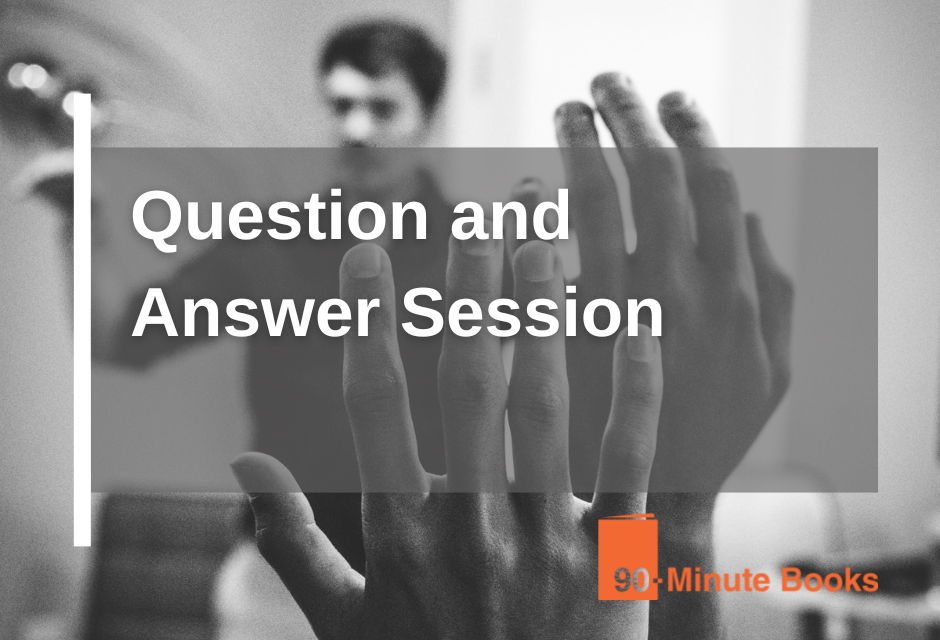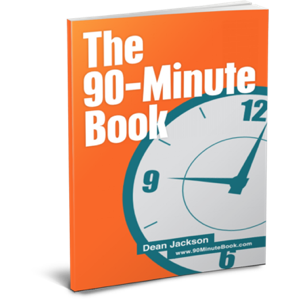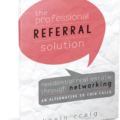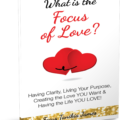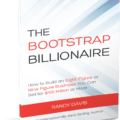Hi, we are back with a new question and answer session, we have multiple questions that come in regularly, and we will have periodic podcast episodes and blog posts that will address some of these questions. For access to the full podcast episode and transcript, click here.
Can I use a book at a trade show?
Trade shows provide unique opportunities or challenges depending on the show’s setup.
The main difference between a show or physical environment compared to distributing digitally is the ability to collect contact details. As you’ve probably heard on the Book more show by now, the context in which we discuss the books we specialize in is always to start a conversation. It’s making invisible leads visible and enabling you to start a conversation or dialogue in a non-threatening way, That leads people towards a buying position or a solution that works best for them.
The best way to think about it is to consider your desired outcome. Generally speaking, you’ll want to start a conversation with someone and engage with them. Having one-on-one talks with potential customers in a small show setting is ideal. It is easier to strike up a conversation and get their personal details.
If it is a big show setting, many people will pass by, and it won’t be practical to have a conversation with each person. In such a situation, it becomes a numbers game. You pass out as many books as possible. You can ensure that there is a way of collecting leads in the book.
It may be the case that the organizers are passing you all their attendees’ email address details anyway because it’s a pre-registered event. Again, you don’t necessarily want or need to collect all their details because you can assume you’ll have the person’s contact details anyway. The limit or the challenge on that side is you’re assuming that everyone’s interested in the book. In that case, you could then list people who have shown interest and then engage with them later.
How can I use the book with some partners?
The short answer is yes. The catch is to have partners in non-competing complementary businesses. This is a great way to feed the funnel in a way that doesn’t entirely rely on your efforts. By using partners, you can access their clients and leverage their audiences.
Whatever industry you’re in, there are always non-competing complementary businesses.
You can meet with these businesses and say, ‘hey, listen, I’d love to give your customers a book. I’d love to be able to allow you to give this to them. It’s nothing to do with me. It’s all about you adding value to your customers.’
Should I focus on the physical or digital version?
Think about the funnel we’ve discussed; you’ve got the audience and potential customers at the top. They’re identifying themselves as interested, and over time, you can educate and motivate these guys to raise their hands to identify themselves as more interested. Hopefully, in an as automated a way as possible, once they get to the end of that, you can start engaging with them one-on-one at some point in that funnel. Then you’re leveraging your time to focus entirely on the hottest prospects before engaging back with the ones where the times are not quite right for them.
Whether you should focus on the physical or digital depends on the funnel you’ve set up. Both of them have got value, so it’s certainly not one versus the other. It’s very easy to think about the benefits of the digital product because you can you don’t have the physical constraints of where to send it. There’s also, as we’ve talked about previously, there is a certain magic about having the physical book, the fact that we call ourselves authors, the fact that we say we talk about our book, we never refer to things as e-books or digital versions, it’s always getting a copy of the book. There is a magic of presence around something being printed.
For this question, I’d suggest a policy for both. There’s a cost constraint with printing and shipping books. Still, if you can make it and know your numbers if you’re tracking your conversions through this particular funnel, then it should be relatively straightforward to decide whether it is worth the extra effort.
Should I bother with Kindle?
For most people we’re talking to or talking with, a lead is worth fifty to a hundred or even a thousand book sales. Having said that, though, there is some value in recouping some of the cost of writing the book in the first place. There may be a case where you can position the book price low enough, so it’s not a barrier to entry. It will still converge into numbers that might trickle down into people converting, that might be worthwhile.
The main challenge is that Amazon doesn’t give you the name and address details of the person who’s bought the book. It is putting some information out but not directly starting a conversation with them because you can’t follow up. A couple of ways around this is to include in the books the opportunity to opt-in over here to download some additional detail, or here are some additional things to follow on the next minimum viable commitment.
You may need to tweak it slightly for the Kindle version, knowing that you will not get access to that audience. The other thing that’s worth remembering is the actual reading rates of books are pretty low, even for best sellers.
The reading completion rates are very low compared with the purchase rates. If you do have a call to action, you better mention it sooner rather than later because Kindles are very linear in the sense of starting from page one and going page by page. It’s not like a physical book where you can turn to the back cover. That’s worth bearing in mind. Make sure that there’s a call to action in there somewhere so that you guide people to the next step.
What are some typical questions to engage the audience?
If you’ve got absolutely nowhere where you want to lead people, then the only option is to have a book about your own story. Try to have something engaging and entertaining; if you don’t have that, what are you doing it for? Save your time and your money and do something else.
if you don’t have a clear path, think about the most common questions your business gets asked, so email the support desk, phone calls, speak to the sales guys and ask them what kind of questions they get when they’re engaged with a new customer. Depending on your industry or how complex your industry is, the more difficult things are the kind of conceptual things that are difficult for people to understand
And that’s it for this question and answer session.
If you don’t already have a copy of the 90-minute book, you can grab it off the main landing page. And if you are interested in starting your journey with us, you can contact us at 90MinuteBooks.com/start

